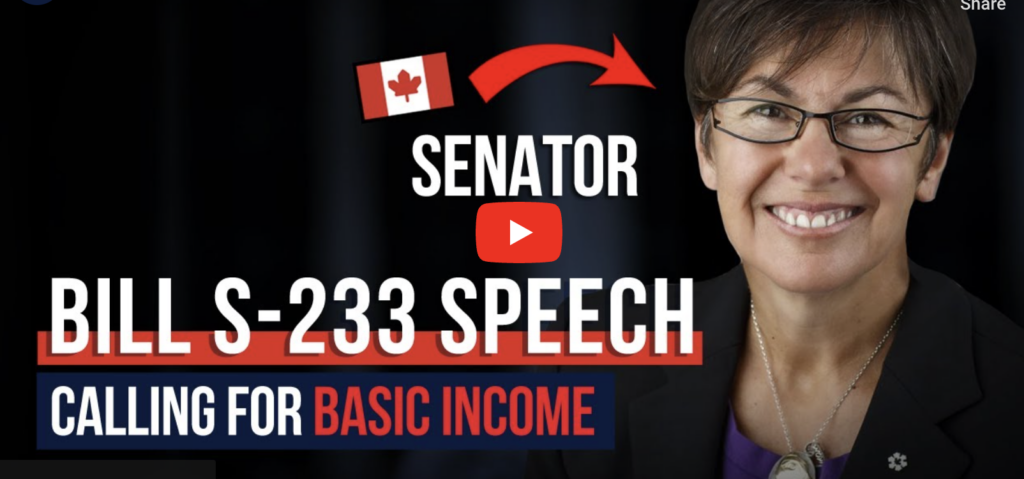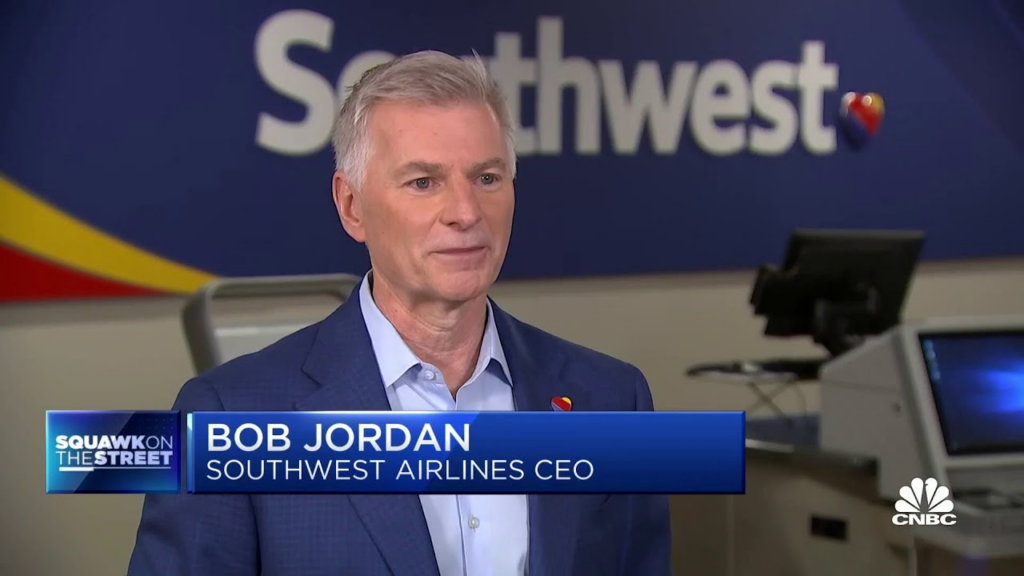EDITOR’S NOTE: I’m on an annual blogging vacation for the last two weeks of the year. To make sure you still have content, some of the smartest members of the community have stepped up with guest posts in my absence. Special thanks to today’s author, MEAB’s P2, for writing this post while I’m on vacation. I’ll see you on January 1!
Growing up, I never liked to play Luigi in Mario Bros. This wasn’t for any real reason other than the fact I didn’t like his green outfit, and also being player two meant that I had to go second instead of being able to go first. As a kid, nobody else liked to be player two either.
As an adult… that’s a different story.
Being a player two in the miles and points community is nothing like playing Luigi in Mario Bros. For example, I don’t have to wear green turtlenecks or overalls. Also, I’m pretty sure Mario never took Luigi to Europe in business class on points, or booked the family in a swanky hotel because a suite upgrade was about to expire. But, while being player two comes with a million and a half perks, like getting upgraded at the best hotel in North America, it also has its challenges. For example:
- Being a player two means that you spend part of your weekend driving around the valley to five or six different grocery stores (including the one right next to a delicious boba shop) to purchase gift cards.
- Being a player two probably means that you have no idea how those gift cards turn into cash and/or points (?), but you’re a passenger princess, so you sip your boba and talk about how excited you are to get upgraded on your next flight.
- Being a player two means that when you get the mail, there’s twenty five credit cards waiting for your player one. When you text them, the response is “oh cool, the first batch came.” (First batch?!)
- Being a player two means getting dirty looks from old men who think you’re in the wrong for standing in the first class line at the airport. Especially since you probably have a latte in your hand, are rocking a “just rolled out of bed” messy bun with dark sunglasses, and wearing an old beat up Theranos sweatshirt.
- Being a player two means watching that same old man make his way to comfort plus because he might have status, but your significant other (SO) has more, so you two got upgraded and not him.
- Being a player two means getting a battlefield upgrade when you’re already on the plane and looking back at all the plebeians as you race up the aisle like you’re Cinder-fucking-ella.
- Being a player two means that there are spreadsheets that you have no hope of untangling in the event something happens to your spouse.
- No really. I have no idea what the spreadsheets mean. Are there spreadsheets? I’m unclear, but I know I have a boba so it’s prolly fine.
- Being a player two means that your SO probably has ten plane tickets for destinations like “Australia”, “Japan”, and “Peru” and when you ask him what trip he’s going to take he says “IDK felt cute, might cancel later.”
- Being a player two probably means hotel hopping in the middle of your vacation and, while this is completely normal, you’re more concerned that you’re going to hop to one that won’t give you a free restaurant breakfast.
- Being a player two means getting put in the presidential suite at least twice.
- Being a player two means that you now ask your SO if they “think we will get upgraded to the Presidential suite?” on each consecutive vacation.
- Being a player two means that you probably look like a bougie bitch on your instagram page. You’re not, but you delight in playing one on TV.
However, this isn’t simply a list where I’m low key flexing about the cool things I sometimes get to do because I live with MEAB. I have a point, I promise! Being a player two also means that you must have a large amount of communication and trust between you and your player one. My husband — MEAB — travels…A. LOT. He travels for family, he travels for fun, he travels because he’s a Sagittarius (IYKYK), he travels with me, and he travels without me. In order for this lifestyle to work, we have to trust each other and have a ton of open communication. I not only have to trust that he works for the good of our family, I have to understand what all that hard work amounts to. It’s more than the fun and games of presidential suites and battlefield upgrades — it’s opportunities for us and our family. More than that, it’s experiences that help us and our children understand the world a little bit better.
Not only that, but being a player two probably means that your player one is working with your credit. MEAB and I have always had open dialogue about this. I know exactly what he’s doing and I know that everything gets paid, not in the future, but IMMEDIATELY. There is literally nothing I don’t know about, and if I asked him to stop, he would without question. He’s a risk taker for sure, but not with my credit, and not with things that could really get mucked up. He’s a consummate thinker. He wants to use the system, not break the system. I really admire him for that.
So, to all my player ones out there: thank you for reading this blog post. And, if you happen to have a player two, take them out for a little bevie bev (short for beverage) and have an open dialogue about what your goals are for miles and points hacking, AND what the boundaries are.
And for God’s sake, take them to the Waldorf Astroia Pedregal with a Hilton free night certificate or two. You’ll thank me later.

MEAB’s P2 after visiting Kroger #7. NOTE: The boba cup was shrunk to 2/3rds its original size with AI to fit properly in the frame.






